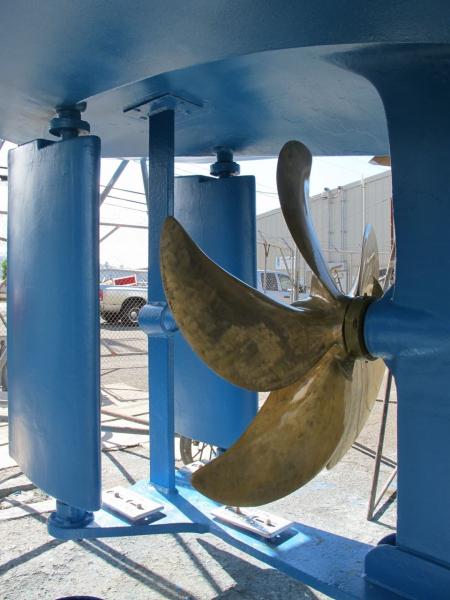Arthur Bricker
Member
Can I increase my rudder size. Add 3 inches to trailing edge, without hurting steering system.

On a 38 ft'er we had a while back, I complained to the builder that the boat was sluggish to respond to the helm at slow speeds. He basically doubled the area of the rudders by welding on a reverse "L" on to the existing rudders. it eliminated the slow speed response issue. It did not have ant effect at higher speeds both the helm and autopilot operated normally...
Displacement-speed boats should have "barn door" sized rudders.
"A rudder should have a NACA profile. Your picture shows a sea brake."
Fine for a sailboat wher even a 1% increase in induced drag can loose a race.
BUT a flat plate has good lifting properties , even on aircraft flat wings are possible , tho less efficient at most angle of attack.
For a motor cruiser flat with a hole for shaft removal works just fine.
"A rudder should have a NACA profile. Your picture shows a sea brake."
................
................BUT a flat plate has good lifting properties , even on aircraft flat wings are possible , tho less efficient at most angle of attack.
For a motor cruiser flat with a hole for shaft removal works just fine.
By reverse L, do you mean that, when applied to both sides of the rudder, it formed a wedge at the aft edge?
